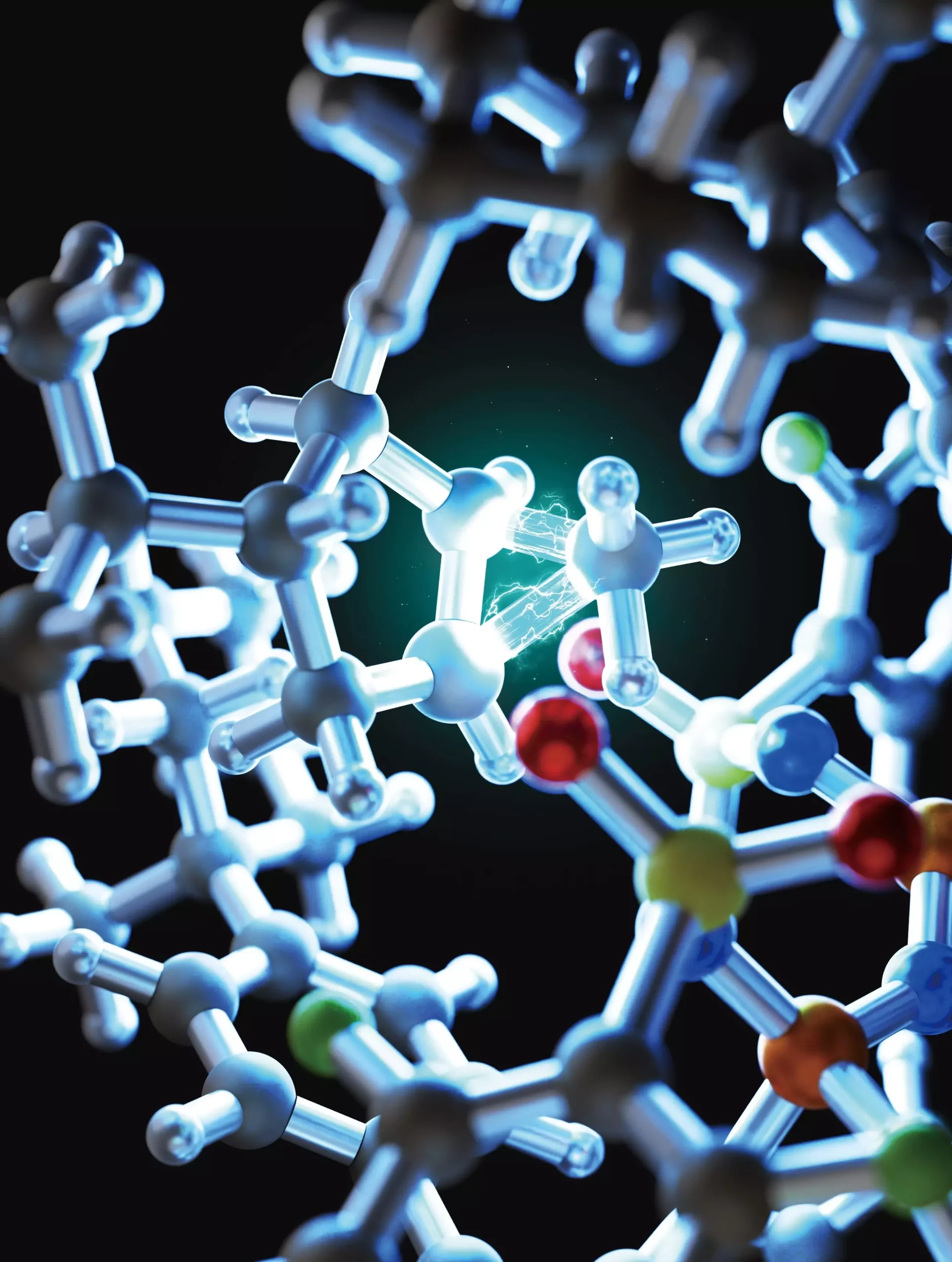The field of organic chemistry has long grappled with the intricate nature of alkanes, which constitute a substantial portion of the global chemical industry. Composed solely of carbon and hydrogen, these hydrocarbons are primarily encountered in fossil fuels, but their inert characteristics pose a significant barrier to their transformation. Recent research from Hokkaido University has uncovered a novel method poised to enhance alkane activation, offering important implications for the production of valuable compounds.
Alkanes are notoriously stable due to their strong carbon-carbon (C-C) bonds, which render them less reactive compared to other organic compounds. Their inertness creates challenges for chemists who seek to modify these hydrocarbons into functional materials. Traditional methods, such as the cracking of long-chain alkanes, yielded a haphazard mixture of products that complicate purification processes. Given their widespread applications in everyday items—from plastics to fuels—finding an efficient and selective way to convert alkanes into desirable products is crucial.
To tackle the inertia of standard alkanes, researchers turned their attention to cyclopropanes, a subset characterized by their three-membered ring structure. This unique formation allows cyclopropanes to exhibit increased reactivity. By harnessing their distinctive properties, the Hokkaido University team sought to innovate a methodology that would facilitate selective transformations. Professor Benjamin List and Associate Professor Nobuya Tsuji viably hypothesized that activating cyclopropanes could lead to breakthroughs in controlling reactions.
A game-changing element in their research was the utilization of confined chiral Brønsted acids, specifically a class known as imidodiphosphorimidates (IDPi). These potent acids hold the ability to donate protons, thus enabling the activation of cyclopropanes and guiding their fragmentation into more usable forms such as alkenes. This targeted approach significantly enhances control over the reaction environment, leading to improved selectivity and efficiency in producing valuable compounds.
One of the critical revelations of this study is the behavior of transient structures formed during the reaction process. The successful application of IDPi stems largely from their capacity to stabilize these fleeting structures, effectively directing the reaction and minimizing undesirable byproducts. By refining catalyst structures geared toward specific reactions, the team saw tangible improvements in the outcomes. This evolution in catalyst design exemplifies how tailored methodologies can yield stronger results in chemical transformations.
The implications extend beyond merely converting cyclopropanes; the research demonstrates efficacy with a variety of complex molecules, showcasing the versatility of this innovative process. With a clear path established for producing targeted chemicals through controlled reactions, myriad applications await in industries such as pharmaceuticals, where the spatial arrangement of atoms can substantially dictate a compound’s effectiveness.
The research advances by Hokkaido University not only present a refined method for alkane activation but also open new pathways for synthesizing valuable chemicals from readily available hydrocarbon sources. By harnessing the reactivity of cyclopropanes and employing sophisticated catalytic techniques, chemists can hope to make substantial progress in the development of compounds with defined properties and applications. This breakthrough stands as a compelling reminder of the dynamic potential of organic chemistry, inspiring future endeavors in both academia and industry. By rethinking traditional approaches and combining innovative strategies, the future of chemical synthesis is undoubtedly bright.


Leave a Reply